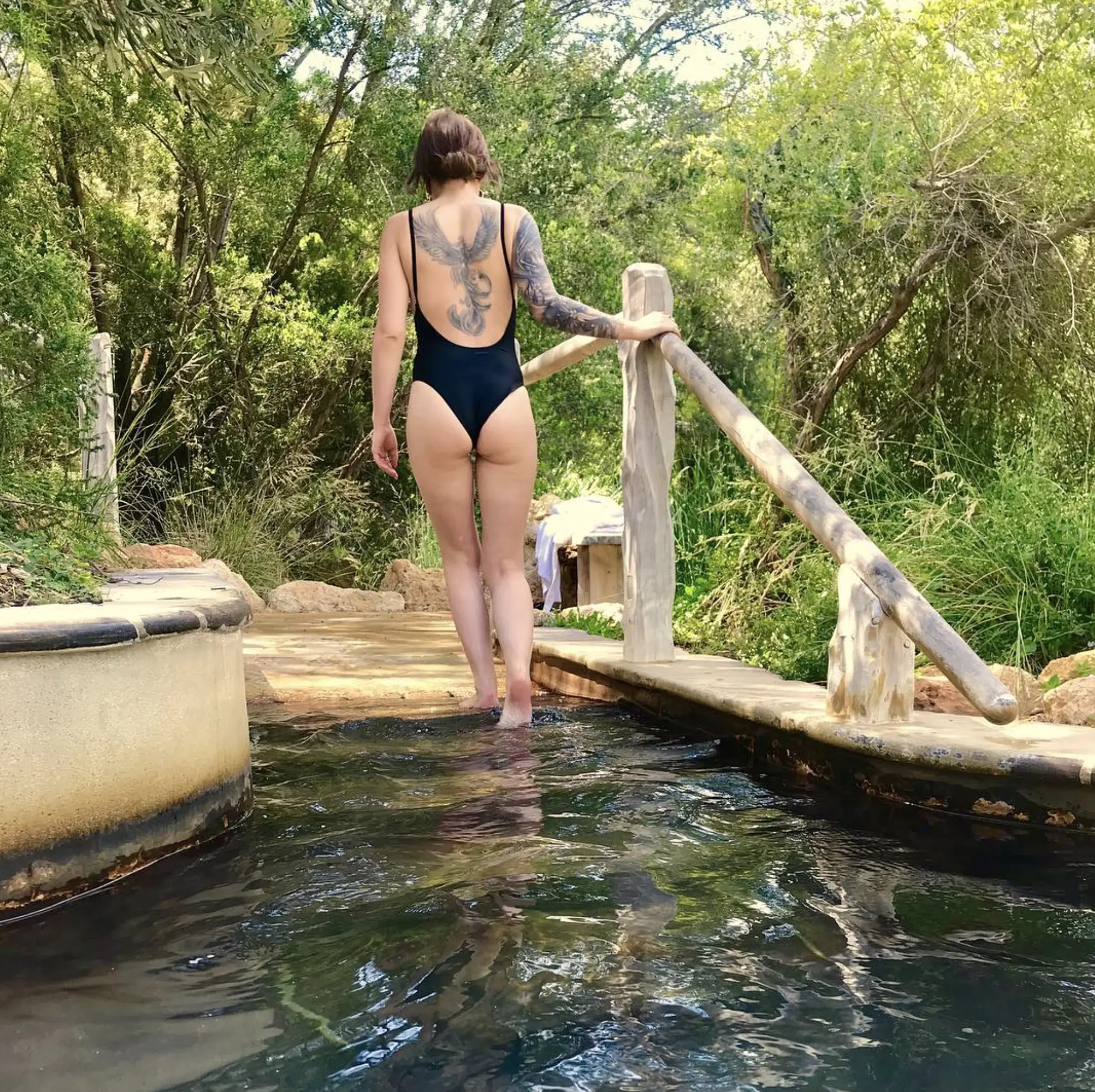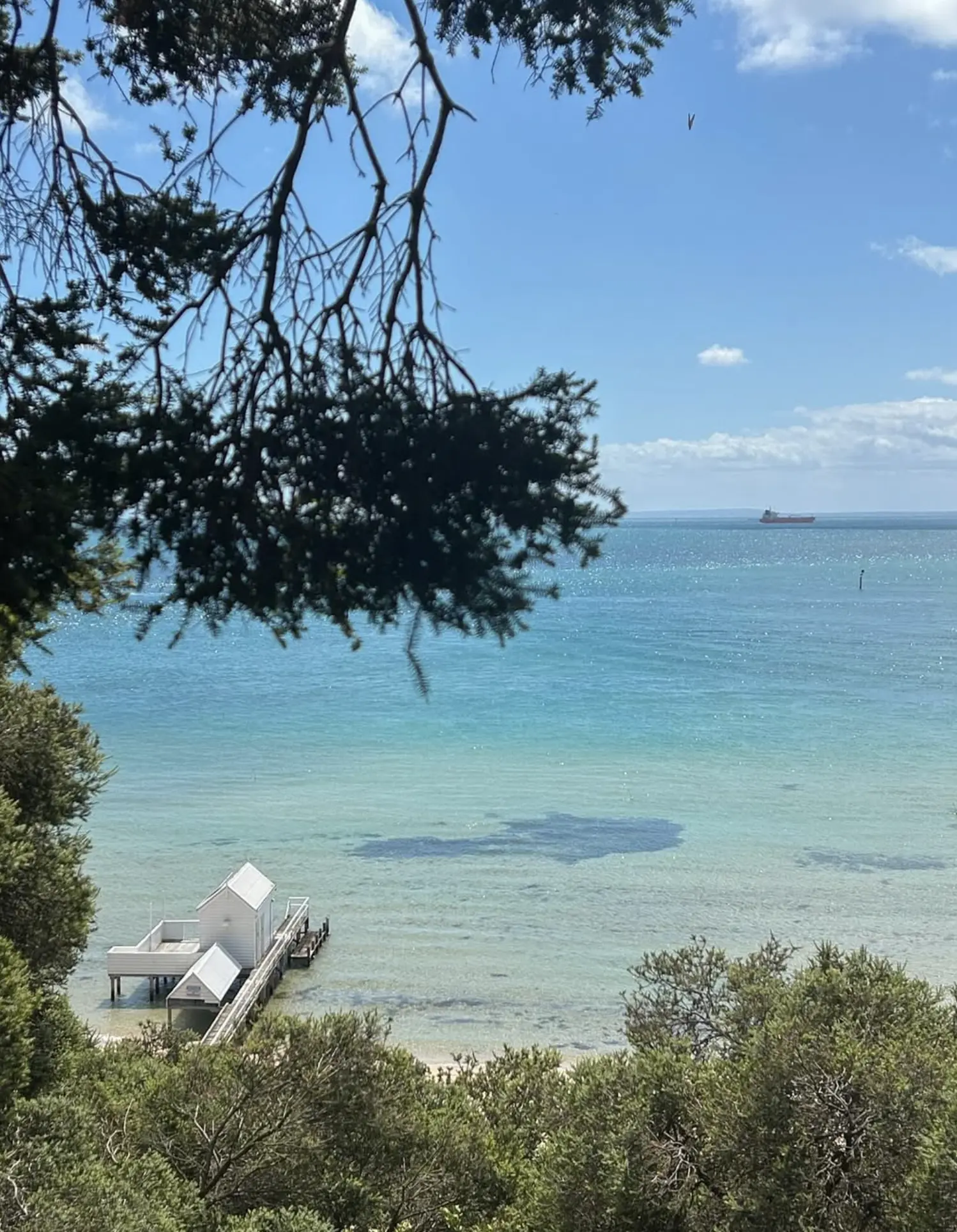Bathing is a daily habit for many, but it goes beyond hygiene to become relaxation, rejuvenation and even cultural immersion. From the shared spaces of a public bath to the seclusion of private baths, it varies greatly depending on the environment. By knowing the differences, you can choose the right one for you – whether you are indulging in hot springs therapy, personal hygiene, or cultural practice. Travellers often find Melbourne Hot Springs Tour perfect for both communal and private bathing.

General Bathing: The Communal Connection
General bathing, associated with public baths, Bath Houses and hot spring baths, is for shared use. This communal experience is about accessibility, culture and affordability. Here’s a breakdown:
1. A Social and Cultural Tradition
In many parts of the world, general bathing is more than just a hygiene routine – it’s a social activity. For example:
- Japanese onsen traditions are about bonding and relaxation in hot spring water pools.
- Turkish hammams are about cleansing rituals and socialising.
- Western-style spas have communal hot water pools and saunas.
These environments bring together strangers, families and friends and create a sense of community.
2. Affordable Wellness
For travellers or locals looking to relax, general bathing is often the more budget-friendly option. Facilities like Mornington Peninsula Hot Springs offer access to shared spaces with additional amenities like steam rooms and saunas.

3. Structured and Observational Environments
In communal spaces, bath time is structured to ensure that everyone has equal access and use. Facilities often monitor behaviour during bath times to ensure cleanliness and respect for others.
4. Hygiene Standards and Bathing Etiquette
Public baths have rules to ensure hygiene and comfort for all guests. Visitors are usually required to shower before entering the communal pools. These practices ensure a clean and enjoyable experience for everyone.
5. Many Options
General bathing offers a wide range of environments, from thermal pools in natural settings to modern Bath Houses with all the mod cons. Visitors can try different bathing modalities, from steam rooms to thermal baths to aromatherapy pools.
Private Bathing: Your Own Sanctuary
Private baths are a secluded and intimate space, perfect for relaxation, healing or special occasions. Designed for one, two or small groups, these spaces are all about comfort and customization.
1. Privacy and Intimacy
Unlike general bathing, private baths are totally private. Guests can indulge in solitude, without distractions or interruptions. Great for those who need peace or need help with bathing.
- Personalized bath products like aromatherapy oils or herbal infusions.
- Adjustable bath water temperatures to suit your needs.
- Access to special features like mineral-rich hot spring baths or designer spa rooms.

2. Special Needs Care
For long term care residents or those requiring intervention training, private baths are a safe and controlled space. Caregivers can use evidence based training and individualized approaches to enhance the bathing experience for people with special needs like those with dementia.
3. Services
Private baths are for health and wellness, with:
- Assistance for those with mobility issues or who need bed baths.
- Support for dental hygiene and overall personal hygiene during bathing.
4. Extra Comfort and Luxury
Facilities like Peninsula Hot Springs offer high end private options, with natural surroundings and luxurious amenities. Guests can soak in mineral rich hot spring water with views and premium services.
General vs. Private Bathing: A Detailed Comparison
| Feature | General Bathing | Private Bathing |
|---|---|---|
| Social Interaction | Communal, fostering connections | Solitary, focusing on intimacy |
| Hygiene Control | Shared spaces with enforced rules | Fully controlled by individuals |
| Customization | Limited | Extensive |
| Cost | Affordable | Premium |
| Cultural Experience | High | Moderate |
| Suitability for Special Needs | Less personalized | Highly personalized |
Specialized Uses of Bathing in Long-Term Care
Bathing is also used in long-term care, where individualisation is key. Research, including a current study and an original study, shows that customizing bathing routines is key to success. Techniques such as:
- Observing bath behaviour for signs of discomfort.
- Adjusting the percentage of bath time to fit individual needs.
- Reducing stress with practices that shorten bath time for those who can’t tolerate long exposure.
These methods will get you the best results and improve the quality of life for those who need help.
Bathing Options Benefits
General Bathing Benefits
- Affordable access to wellness.
- Immersive cultural experiences in hot springs and public baths.
- Social bonding.
Private Bathing Benefits
- Total control over personal hygiene and comfort.
- Luxury with custom bath products and settings.
- Specialized care for those who need help with bathing.

Whether you like the cultural experience of public baths or the luxury of private baths, both have their benefits. For travellers who want curated experiences, trusted brands like Wayoutback Tours often include visits to amazing bathing spots, so your trip will be one to remember.
FAQ
What’s the difference between public and private baths?
Public baths are communal, social, and affordable. Private baths are private, personalized, and luxurious.
Are private baths more hygienic than public baths?
Private baths have more control over personal hygiene as they are not shared with others so it’s a cleaner environment.
How do hot springs help with bathing?
Hot spring water is mineral-rich and therapeutic in both general and private baths.
Can private baths be used by people with special needs?
Yes, private baths are perfect for those who need help with bathing, customised service and a controlled environment.
What’s special about Peninsula Hot Springs?
Peninsula Hot Springs has natural hot spring baths and private facilities for both shared and exclusive use.


